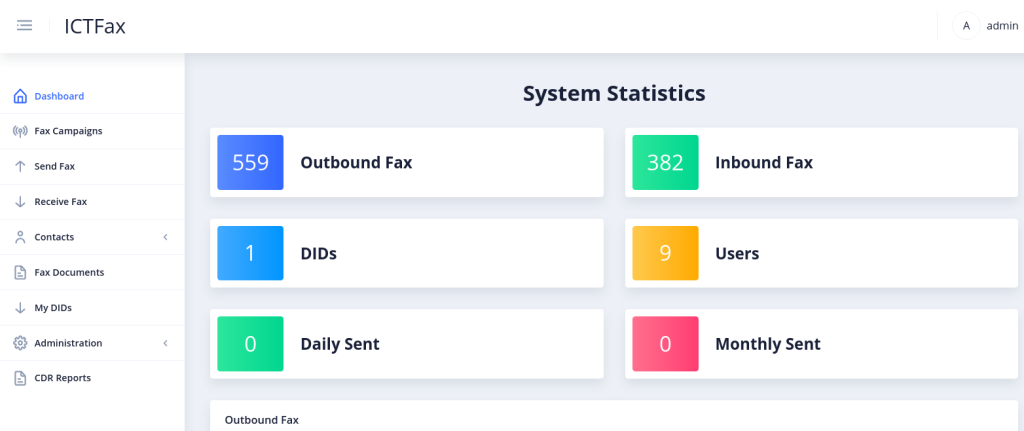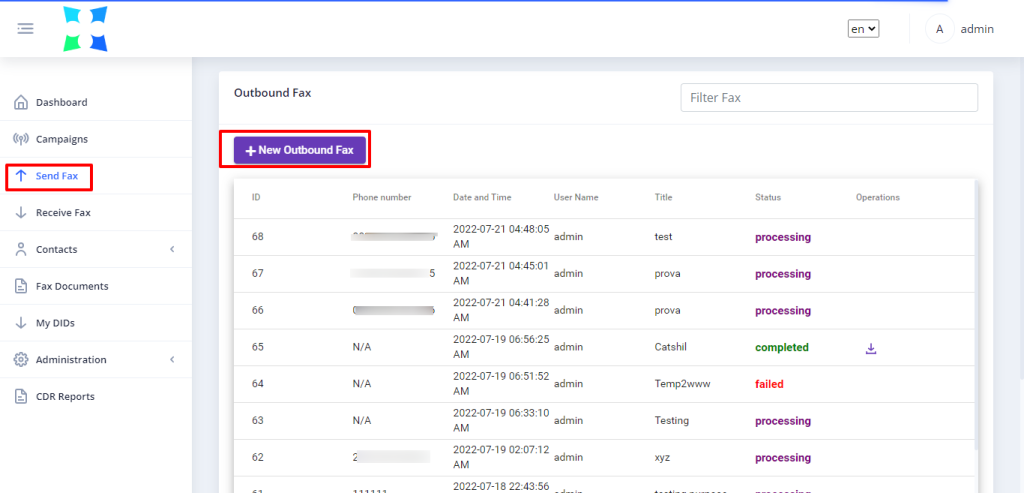Introduction:
Faxing has long been an essential means of communication across various industries such as healthcare, legal, and finance. Despite the rise of digital communication channels, faxing continues to hold significance due to its robust security measures, reliability, and adherence to legal requirements. Nevertheless, traditional faxing methods that rely on dedicated hardware and telephone lines can be expensive, inefficient, and difficult to manage. This is where open source FOIP (Fax over IP) software steps in, presenting an affordable solution that harnesses modern technology to streamline faxing procedures. In this article, we will delve into the realm of open source FOIP software, examining its advantages and exploring its growing popularity in today’s digital landscape.
1. Understanding FOIP
1.1 What is FOIP?
Fax over IP (FOIP) is a technology that enables fax transmissions over internet protocol (IP) networks. It replaces the need for traditional dedicated fax lines by converting fax signals into digital packets, which can be transmitted over IP networks.

1.2 Evolution of Faxing Technology
The concept of faxing dates back to the 19th century, but it has evolved significantly over time. From the early telegraph-based fax machines to modern digital faxing, technological advancements have improved the speed, quality, and reliability of fax transmissions.
1.3 Challenges with Traditional Faxing Methods
Traditional faxing methods using physical fax machines and telephone lines pose several challenges. These include high hardware costs, maintenance requirements, limited scalability, and difficulties in managing multiple fax lines and numbers.
1.4 Introducing FOIP: The Next Generation of Faxing
FOIP revolutionizes faxing by utilizing IP networks to transmit fax data. This eliminates the need for dedicated fax lines and physical hardware, leading to significant cost savings, improved efficiency, and simplified management.
2. Exploring Open Source Software
2.1 What is Open Source Software?
Open source software refers to computer software whose source code is available to the public, allowing users to study, modify, and distribute it freely. Open source software promotes collaboration, transparency, and innovation.

2.2 Advantages of Open Source Software
Open source software offers several advantages, including cost savings, customization options, community support, and enhanced security. It empowers organizations to adapt and modify software according to their specific requirements.
2.3 Open Source FOIP Software: The Benefits
Choosing open source FOIP software provides unique benefits. It offers cost-effectiveness, flexibility, compatibility with existing systems, and the ability to contribute to and benefit from a vibrant community of developers.
3. Key Features of Open Source FOIP Software
3.1 Compatibility and Interoperability
Open source FOIP software is designed to work seamlessly with various operating systems, network protocols, and communication devices, ensuring compatibility and interoperability across different environments.
3.2 Secure Transmission
Security is a critical aspect of faxing, especially when dealing with sensitive information. Open source FOIP software incorporates encryption protocols, secure authentication, and other robust security measures to protect fax data during transmission.
3.3 Scalability and Flexibility
Open source FOIP solutions can scale effortlessly to accommodate growing fax volumes. They offer flexible deployment options, allowing organizations to adapt the software to their specific needs, whether it’s for a small business or an enterprise-level operation.
3.4 Integration with Existing Systems
Integrating FOIP software with existing systems, such as document management platforms or customer relationship management (CRM) software, streamlines workflows and enhances productivity by eliminating the need for manual processes.
3.5 Centralized Management and Reporting
Open source FOIP software provides centralized management capabilities, enabling administrators to monitor and control fax activities from a single interface. It offers reporting features that facilitate tracking, auditing, and analysis of fax transmissions.
Implementing Open Source FOIP Software
Infrastructure Requirements
To implement open source FOIP software, organizations need a stable network infrastructure, internet connectivity, suitable hardware (servers, modems, etc.), and compatible operating systems.
Installation and Configuration
The installation process varies depending on the chosen FOIP software. It generally involves downloading the software, following installation instructions, configuring network settings, and integrating it with existing systems if necessary.
Configuring Fax Numbers and Routing
Open source FOIP software allows administrators to configure fax numbers and define routing rules based on various criteria such as recipient, sender, or content. This ensures efficient and reliable fax delivery.
Managing Users and Permissions
Administrators can manage user accounts, permissions, and access rights within the FOIP software. This enables organizations to control who can send and receive faxes, ensuring security and compliance.
Monitoring and Troubleshooting
Open source FOIP software typically provides monitoring and logging capabilities to track fax activities, diagnose issues, and troubleshoot problems. This helps maintain the integrity and performance of the faxing system.
Use Cases and Success Stories
Healthcare Industry
Open source FOIP software has gained significant traction in the healthcare sector. It enables healthcare providers to transmit medical records, prescriptions, and other critical documents securely and efficiently.
Legal Sector
Law firms and legal departments rely on faxing for transmitting confidential documents such as contracts, court filings, and legal correspondence. Open source FOIP software simplifies fax management, improves document security, and enhances productivity in legal workflows.
Financial Institutions
Banks, insurance companies, and other financial institutions utilize faxing for various purposes, including loan applications, claims processing, and compliance documentation. Open source FOIP software ensures secure and compliant fax transmissions, reducing costs and improving operational efficiency.
Small and Medium-sized Enterprises (SMEs)
Open source FOIP software caters to the needs of SMEs by providing affordable and scalable faxing solutions. It eliminates the need for expensive dedicated fax lines and enables SMEs to streamline their communication processes effectively.
Government Organizations
Government agencies often rely on faxing for secure document exchange, interdepartmental communication, and citizen services. Open source FOIP software offers cost-effective solutions that align with budget constraints while maintaining security and compliance requirements.
Security and Compliance Considerations
Encryption and Data Protection
Open source FOIP software incorporates encryption protocols, such as Transport Layer Security (TLS), to ensure secure transmission of fax data. It also provides options for secure storage and protection of received faxes.
Regulatory Compliance (HIPAA, GDPR, etc.)
Compliance with regulations such as the Health Insurance Portability and Accountability Act (HIPAA) or the General Data Protection Regulation (GDPR) is crucial for organizations handling sensitive data. Open source FOIP software offers features and configurations to facilitate compliance with relevant regulations.
Audit Trails and Reporting
Open source FOIP software allows organizations to maintain audit trails and generate reports for regulatory compliance purposes. These audit trails provide a record of fax activities, including sender, recipient, timestamps, and transmission status.
Conclusion:
In conclusion, open source FOIP software offers a cost-effective and efficient solution for modernizing faxing operations. Its compatibility, security, scalability, and centralized management capabilities make it an ideal choice for businesses and organizations across various sectors. By embracing open source FOIP solutions, companies can reduce costs, enhance productivity, improve compliance, and streamline communication processes. With the continuous advancements in technology and the increasing demand for secure document transmission, the adoption of open source FOIP software is expected to rise, paving the way for a more efficient and sustainable faxing landscape.
Leveraging Open Source in ICT
